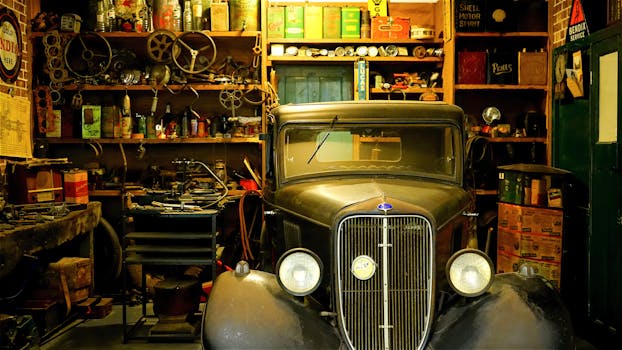Ulaanbaatar Cable Car Project Breaks Ground, Promising Improved Transportation

In a significant development for urban transportation, the Ulaanbaatar Cable Car Project has officially broken ground, marking a new era for the capital city of Mongolia. This ambitious initiative aims to alleviate traffic congestion, enhance public transport options, and provide a scenic mode of travel for residents and tourists alike. As Ulaanbaatar continues to grow, the need for innovative transportation solutions has never been more pressing.
The Need for Improved Transportation in Ulaanbaatar
Ulaanbaatar, home to over 1.4 million people, faces numerous transportation challenges. The city has experienced rapid urbanization, leading to increased vehicle ownership and traffic congestion. According to a 2021 report by the World Bank, Ulaanbaatar’s traffic congestion costs the economy approximately $1 billion annually. The need for a reliable and efficient public transport system is critical for the city’s sustainable development.
Overview of the Cable Car Project
The Ulaanbaatar Cable Car Project is designed to address these transportation challenges by providing a modern, efficient, and environmentally friendly mode of transport. The project will consist of several lines connecting key areas of the city, including:
- Line 1: Connecting the central business district to the residential areas in the north.
- Line 2: Linking the southern suburbs to the city center.
- Line 3: Providing access to popular tourist destinations and recreational areas.
The cable car system is expected to cover approximately 20 kilometers, with stations strategically placed to maximize accessibility. Each cable car will have the capacity to carry up to 10 passengers, significantly reducing travel time compared to traditional road transport.
Benefits of the Cable Car System
The introduction of a cable car system in Ulaanbaatar promises numerous benefits:
- Reduced Traffic Congestion: By providing an alternative mode of transport, the cable car system is expected to decrease the number of vehicles on the road.
- Environmental Impact: Cable cars produce lower emissions compared to traditional vehicles, contributing to improved air quality in the city.
- Tourism Boost: The scenic views offered by the cable car will attract tourists, enhancing the local economy.
- Job Creation: The construction and operation of the cable car system will create numerous job opportunities for local residents.
Case Studies and Global Examples
Similar projects around the world have demonstrated the effectiveness of cable car systems in urban settings. For instance:
- Medellín, Colombia: The Metrocable system has transformed public transport in the city, connecting marginalized neighborhoods to the urban center and reducing travel times significantly.
- Roosevelt Island, New York: The Roosevelt Island Tramway provides a vital link between the island and Manhattan, showcasing the potential of cable cars in densely populated areas.
- La Paz, Bolivia: The Mi Teleférico system has become a model for urban transport, reducing congestion and providing a reliable means of travel for residents.
Challenges Ahead
While the Ulaanbaatar Cable Car Project holds great promise, it is not without challenges. Key issues include:
- Funding: Securing adequate financing for the project is crucial for its successful implementation.
- Public Acceptance: Gaining the support of local residents and stakeholders will be essential for the project’s success.
- Integration with Existing Transport: Ensuring seamless connections with other forms of public transport will enhance the overall effectiveness of the system.
Conclusion
The groundbreaking of the Ulaanbaatar Cable Car Project marks a pivotal moment in the city’s efforts to modernize its transportation infrastructure. By providing a sustainable and efficient alternative to traditional road transport, the cable car system has the potential to transform urban mobility in Ulaanbaatar. As the project progresses, it will be essential to address the challenges ahead and ensure that the benefits are realized for all residents. With successful implementation, Ulaanbaatar could set a precedent for other cities facing similar transportation issues, paving the way for a more connected and sustainable future.




